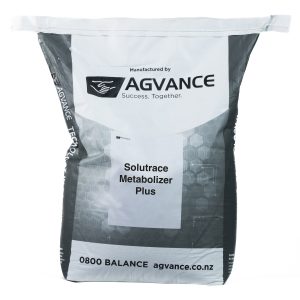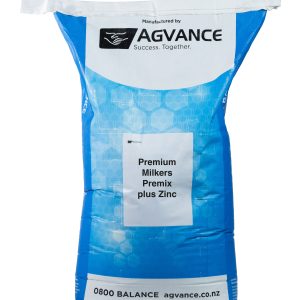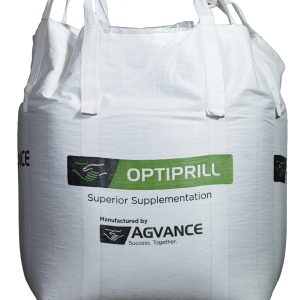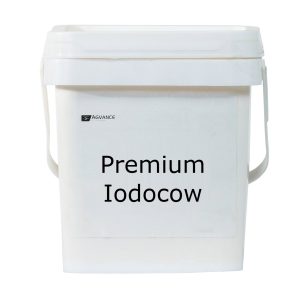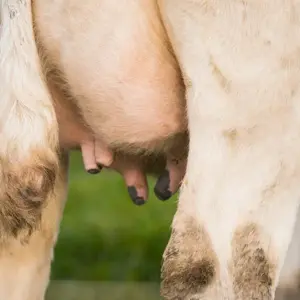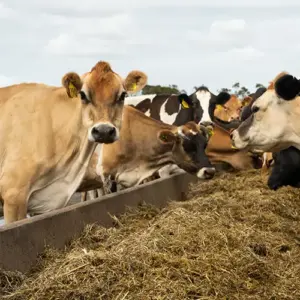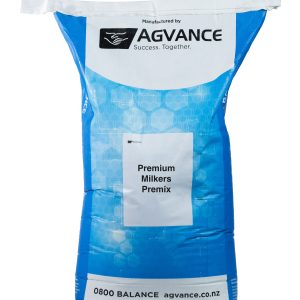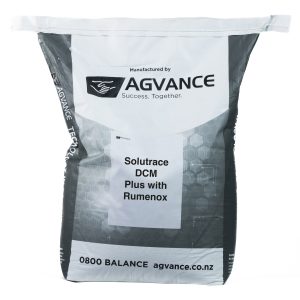
The challenge isn’t getting your cows in-calf, it’s keeping them in-calf, and research shows early pregnancy termination can be directly linked to mineral deficiency.
Carrying a pregnancy to full term with a robust, healthy calf is a balancing act. Cows need the correct levels of energy, protein, and good quality carbohydrate, as well as the right ratios of macro and micro minerals and vitamins. Calcium, magnesium, and phosphorus (macro minerals), and zinc, copper, manganese, selenium, and iodine (micro minerals) are essential to a successful pregnancy.
Mineral levels in lush green spring pasture are often very low, and can reach their lowest level in the spring to early summer months. This makes mineral supplementation crucial to maintaining pregnancies in your herd.
A summary of the key times within the reproductive cycle from transition to calving:
Springer
1. The cow begins to grow her first cycle eggs two weeks before calving.
Calving
2. The cow begins to cycle (when she releases her egg), showing a strong heat if her reproductive system is functioning well.
Peak-Milk
3. The egg is fertilised when the cow is mated. Key hormones LH & FSH are required.
3 to 8 weeks into mating
4. Once the egg is fertilised it either implants in the uterus or is expelled/aborted. If aborted, the cow cycles again.
Post-mating
5. If the embryo (fertilised egg) implants and grows successfully, the calf is born 10 months later.
Each of the key times within the reproduction cycle requires unique care by the farmer to maximise performance.
Important factors for the farmer at each key time:
Springer
Management of the springer diet
- The cow is growing her first eggs.
- Ensure cows are receiving adequate amounts of good quality feed.
- Mineral supplementation should include optimum levels of calcium,
phosphorus, magnesium, copper, zinc, cobalt, iodine, selenium, chromium,
and boron.
- Higher levels of chromium (7-9mg/cow/day) and boron
(100mg/cow/day) are very helpful through this period.
- Organic or coated selenium, organic copper and organic zinc are also very helpful in supporting the cow through this high-stress period.
- Consider Ionophore supplementation (300mg/cow/day).
Calving
Management of the dietary DCAD
- The cow is starting to cycle.
- Increase feed quantity and quality (maximising rumen fill).
- Ensure ME and protein balance.
- Support younger/smaller cows/lower BCS cows.
- Mineral supplementation should include optimum levels of calcium,
phosphorus, magnesium, copper, zinc, cobalt, iodine, selenium, chromium, and boron.
- Organic or coated selenium, organic copper & organic zinc are also very
helpful in supporting the cow through this high-stress period.
- Higher levels of iodine (around 20-30mg/cow/day) can also help to produce stronger heats. Make sure the iodine is getting to the cow.
- Consider Ionophore supplementation.
Peak milk
- The cow is coming up for mating.
- As feed flushes, the DM and energy density of the feed can drop.
- Ensure you optimise the amount of energy in the total diet by using tools like topping, careful feed management, and grain or meal feeding.
- Feed tests are crucial so you know what you are dealing with regarding feed
and mineral nutrition.
- Ensure ME and protein balance.
- Manage the rumen by manipulating feed or using a nutritional yeast and/or rumen buffer. Watch out for low DM feed and fat % dropping in the milk.
- Ensure cows are getting optimum levels of calcium, phosphorus, magnesium, copper, zinc, cobalt, iodine, selenium, chromium, and boron supplementation.
- Consider Ionophore supplementation.
3 to 8 weeks into mating
- The cow is now holding and supporting the fertilised embryo.
- Keeping the feed quality consistent is key, especially as the climate shifts and the grass changes.
- Know what is happening with feed quality and nutrition by feed testing – this tells the farmer what to supplement.
- Using feed data to balance your mineral supplementation is also important.
- Watching milk component data is an important tool to help with balancing the feed.
- Manage the rumen by manipulating feed or using a nutritional yeast and/or rumen buffer. Watch out for low DM feed and fat % dropping in the milk.
- Ensure cows are getting optimum levels of calcium, phosphorus, magnesium, copper, zinc, cobalt, iodine, selenium, chromium, and boron supplementation.
Post-mating
- The cow has held the fertilised embryo past the danger period and is now growing the new calf.
- Keep good quality and quantity of feed in front of the cow.
- Optimum levels of calcium, phosphorus, magnesium, copper, zinc, cobalt, iodine, selenium, chromium, and boron supplementation are still important.
- Mineral supplement levels can be tailored based on feed tests, blood and liver tests, and milk production.
- Iodine levels can be reduced.
- Keep chromium in the supplement over the summer months to help the cow fight heat stress.
- Make sure the cow is always holding or putting on body condition.
Find out more by talking to your vet or the Agvance team today. Ready to reorder? Now you can re-order your products online too – it’s a fast and easy process. Just register, and get started.
